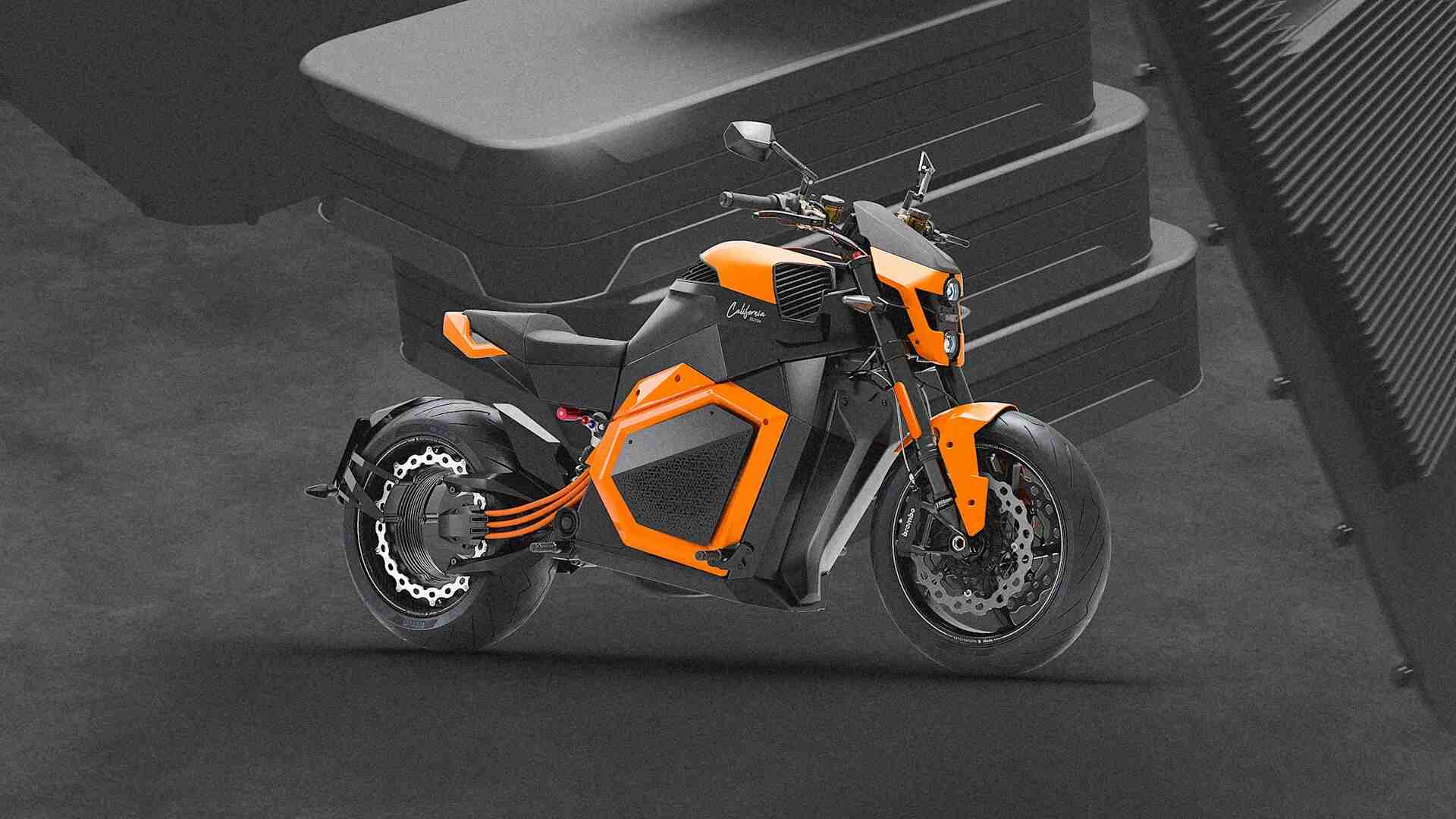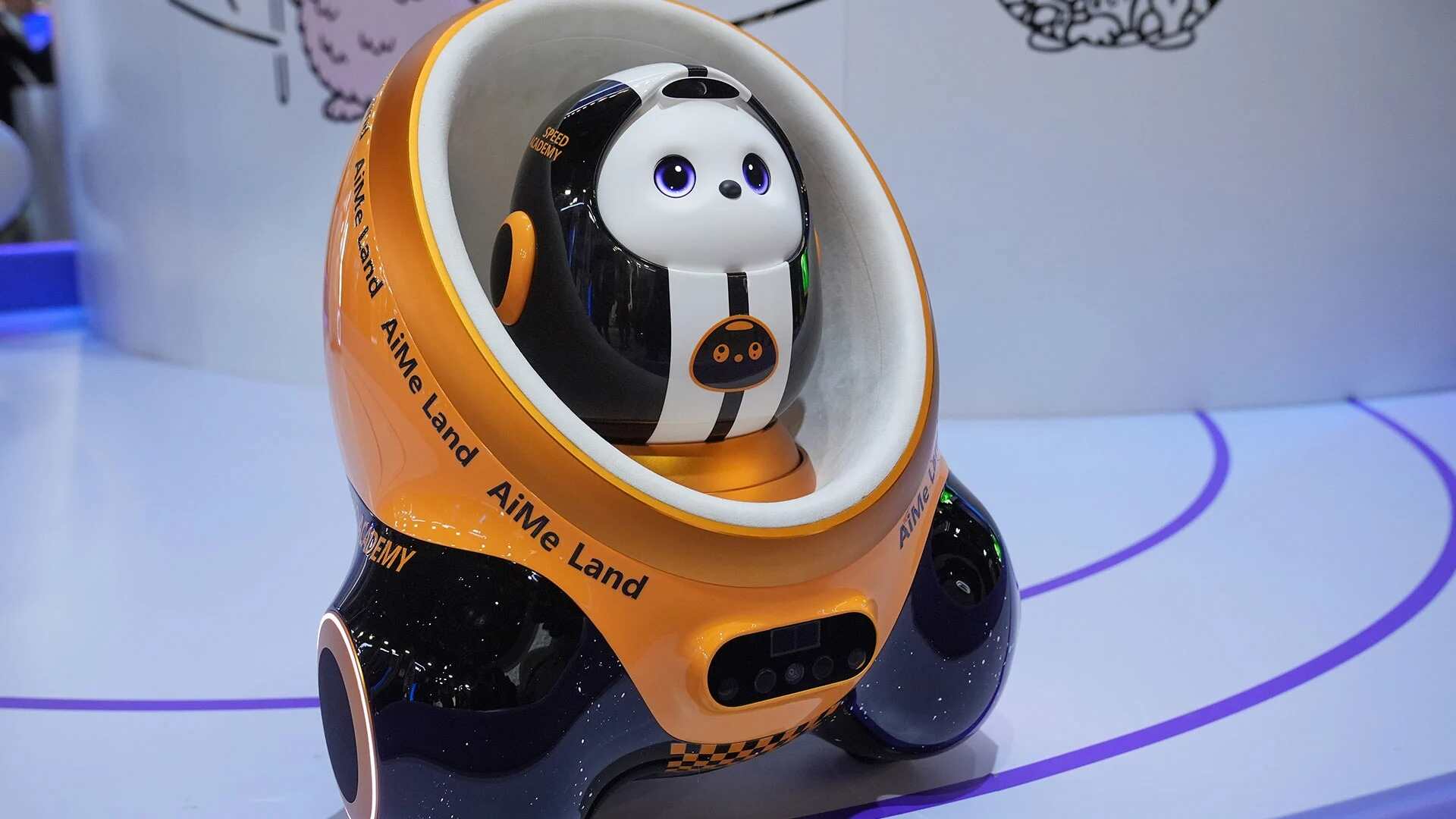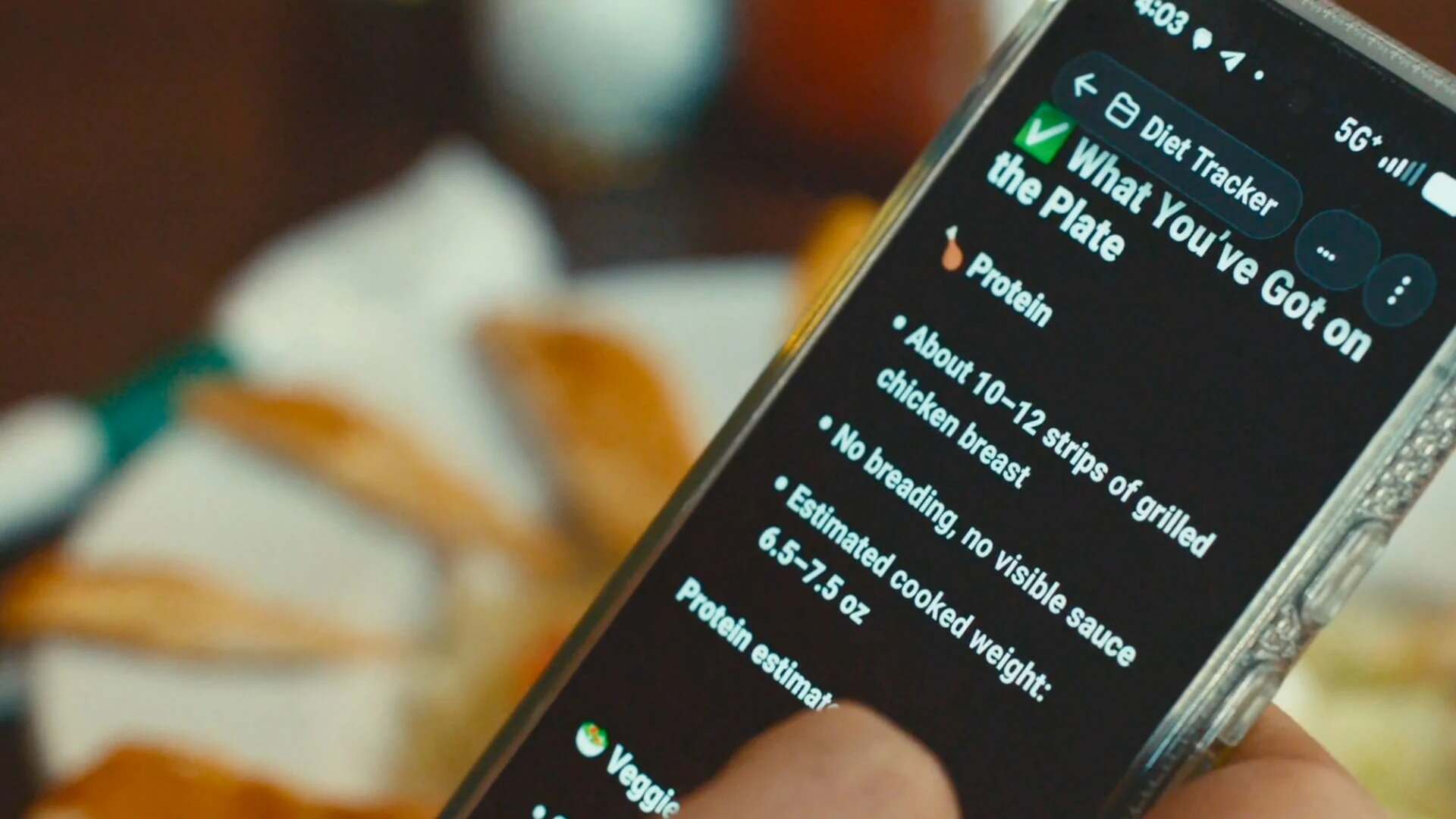- | 8:00 am
How AI is driving new paradigms in creative industries
Numerous artificial intelligence applications can provide trend analysis and even emotionally intelligent content.

Unless you’ve been living under a rock for the past few years, you’ll know that AI tools can help to streamline processes, free up employee time, and automate time-consuming tasks. But what does this mean for the future of creative industries?
I’ve seen first-hand how AI can transform creative workflows, enabling designers, marketers, and creators to enhance their processes and foster innovation. From AI generators, to AI image upscalers and enhancers, and sketch-to-image, there is now an abundance of tools that help creatives. But AI is always evolving and it’s important to have your finger on the pulse when it comes to new developments. Here are some of the sophisticated AI applications that are transforming design and creative processes.
Fresh, data-driven inspiration
There is an ever-growing number of AI tools that enhance workflows and speed up design for those in creative industries. Many are embedding these into their everyday lives, which is fantastic. But they’re missing a trick: using AI to analyze datasets and identify emerging design trends.
Designers and marketers constantly face challenges in knowing what will resonate with audiences. For example, only 42% of B2B marketers find the time to talk to customers to understand their needs and therefore produce the right content. Rather than taking a stab in the dark, AI canhelp creatives understand trends and derive inspiration. And it can do so within seconds.
Instead of tasking someone with the time-consuming effort it takes to sift through vast datasets, AI tools can analyze data from social media platforms, websites, surveys, and more to uncover patterns. For instance, AI could track the popularity of colors or materials to inform new designs or strategy. If marketers are trying to reach a new audience, such as Gen Z, they can use AI analysis to understand the differences between Gen Z consumers and their current target audience. These insights can then be used to differentiate design, copywriting, or campaigns depending on who it needs to be tailored to.
With the right prompts, AI can provide creatives with fresh, data-driven inspiration tailored to their unique styles and project needs. It also means that less time is wasted creating materials that are doomed to fail from the beginning.
Emotional intelligence
Taking this one step further, AI can help create content that resonates emotionally with audiences, which everyone in creative industries understands is what really matters. It’s well known that many purchasing decisions are subconscious and driven by emotions. In advertising, campaigns that pull on the heart strings or are funny “garner more attention, are more memorable, increase positive emotions, and, perhaps more importantly, improve purchase intent.” Whether it’s an advertisement that makes people cry, artwork that makes people laugh, or a social media post that shocks the world, emotion is uniquely human and it’s what creatives need to play on.
However, emotions can be complex, and the industry can sometimes miss the mark when trying to elicit a certain feeling from an audience. While we need to be careful not to make sweeping assumptions, increasingly AI can be used to understand emotional responses. In a scientific study, ChatGPT showed that it could perform significantly better on the Levels of Emotional Awareness Scale (LEAS), compared to the general population.
Practically speaking for creatives, an AI sentiment analysis could analyze textual data, such as social media comments, reviews, and user forums to gauge the audience’s reactions. This would help designers, marketers, and creatives evaluate large volumes of feedback and determine how specific design elements and assets make people feel.
What’s more, there are even AI tools that can monitor an individual’s emotional expressions and body language (understandably, research suggests current systems are being mainly developed for use in healthcare and education). In the future, creative industries could make use of tools like this by implementing them in focus groups when discussing a rebrand or new campaign, to see if the true emotional response of the audience matches the desired one.
Your new team member
Whether it’s generating images, analyzing datasets to get information about new trends, undergoing a sentiment analysis to ensure assets resonate, or simply kicking off the brainstorming process, it’s clear that AI is a valuable tool that can transform creative industries. As the technology continues to evolve and audience needs change rapidly, business leaders should see AI as a creative partner that can complement human activity and diversify skills, rather than be wary of its effects.
Grabbing the AI opportunity with both hands will enable creative industries to thrive. And it’s important to see AI as a collaborator helping people, not as a competitor. That means always being curious. Designers and creatives should use AI to experiment with new artistic mediums and techniques; rapid prototyping and user feedback loops are crucial for continuously improving AI and making sure it is meeting the users’ needs. We’re in the midst of an exciting journey. AI will allow teams to expand the horizons of what is possible in both digital and physical design—and the industry as a whole.
Joaquin Cuenca Abela is CEO and co-founder of Freepik.







































